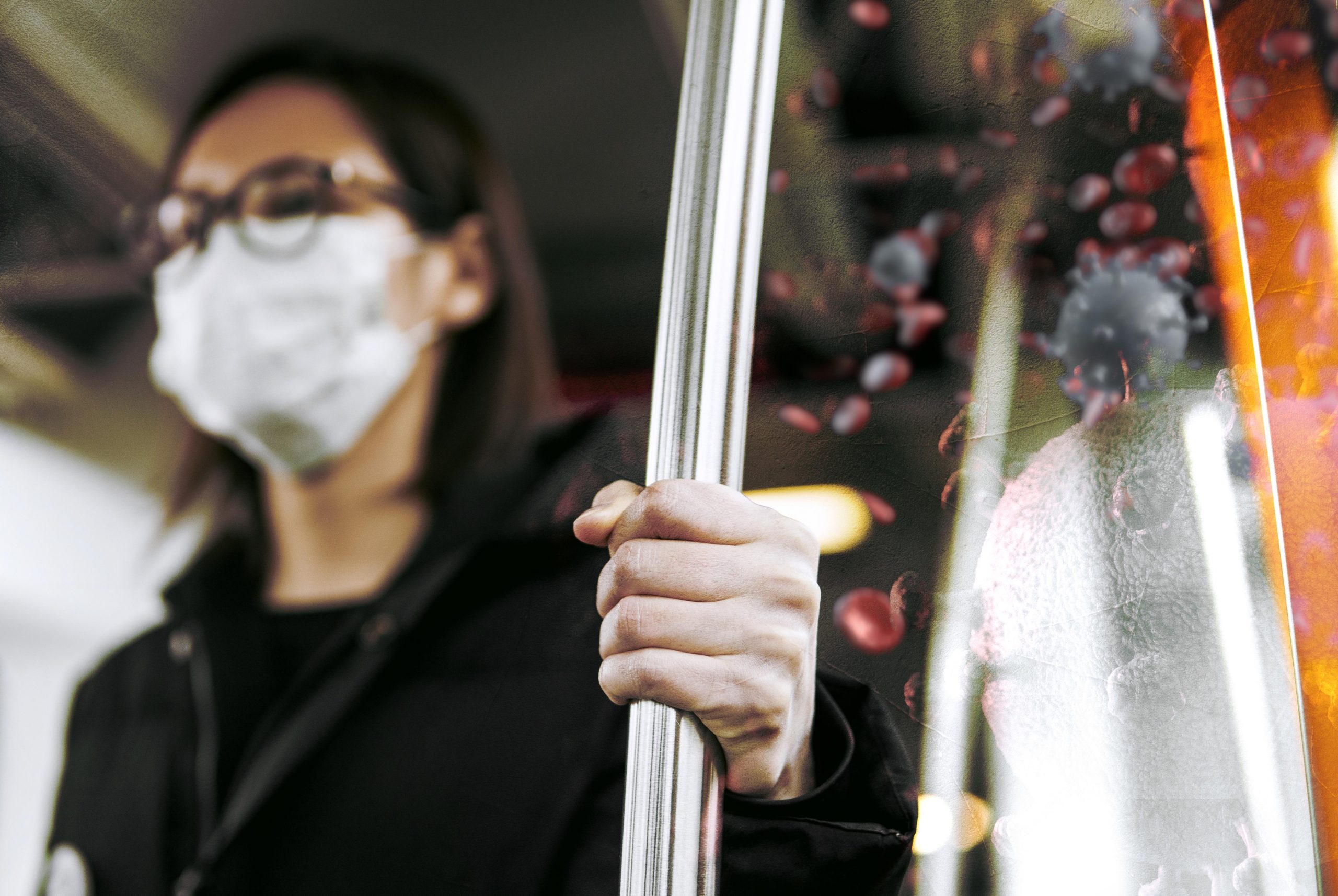
A study published in the Lancet revealed that fewer than 1 in 10 Americans showed signs of prior coronavirus infection in July.
Results suggest that the “vast majority” of the public remains susceptible to the virus.
The team investigated the prevalence of coronavirus antibodies in selected dialysis patients. The coronavirus antibodies are produced by the immune system as a response to an infection. However, not all people with coronavirus antibodies are immune to the virus. Scientists are studying how much protection antibodies develop and how long that protection might persist.
The study’s data which shows that more than 90% of the country does not have antibodies match the findings of another study by the Centers for Disease Control and Prevention, which has not yet been released, according to CDC Director Dr. Robert Redfield.
The two studies prove that despite the broad spread of the coronavirus in the spring and summer, much of the American population has yet to be infected. Analysts believe that this indicates that the country remains far off from herd immunity. Herd immunity happens when enough of the population has received protection against the virus to curb the spread of the virus.
“If we’re measuring herd immunity by antibodies, then this study does not support that there is herd immunity,” said Shuchi Anand, a nephrologist at Stanford University who is the co-author of the new study.
Anand and co-author Maria Montez-Rath, a biostatistician at Stanford, explained that the study also revealed what degree the virus has disproportionately infected Black and Hispanic people in the US.
“It tracks with what we know about the virus, that it was very intense in the northeast and it’s sort of moving throughout the country now, but the data is from July,” Anand said.
Eli Rosenberg, an epidemiologist at the State University of New York at Albany who was not part of the study, is concerned about whether the population of dialysis patients truly shows the situation of the general population.
“It’s a huge leap from dialysis to general adults,” he said, adding that because of their underlying condition they may be more susceptible to infection and that these patients might have not been able to stay at home to avoid infection. “If you’re going to a dialysis center rather than home dialysis, you don’t have the luxury of sheltering in March or April.”
Impact on minorities
Covid-19 hit minorities in nursing homes and assisted living communities, according to a study by the University of Rochester Medical Center.
Findings also revealed that Covid-19 hit not only minorities but also their caregivers. The researchers used newly mandated weekly data from the Centers for Medicare and Medicaid Services of over 15,500 nursing homes and also came from two studies released on Monday in the Journal of the American Geriatrics Society.
The study uncovered the inordinate impact of Covid-19 on minorities in nursing homes across every state.
Results showed that nursing homes with higher numbers of racial and ethnic minority residents, when compared to their communities, had 2 to 4 times as many new infections and deaths per facility than other nursing homes.






